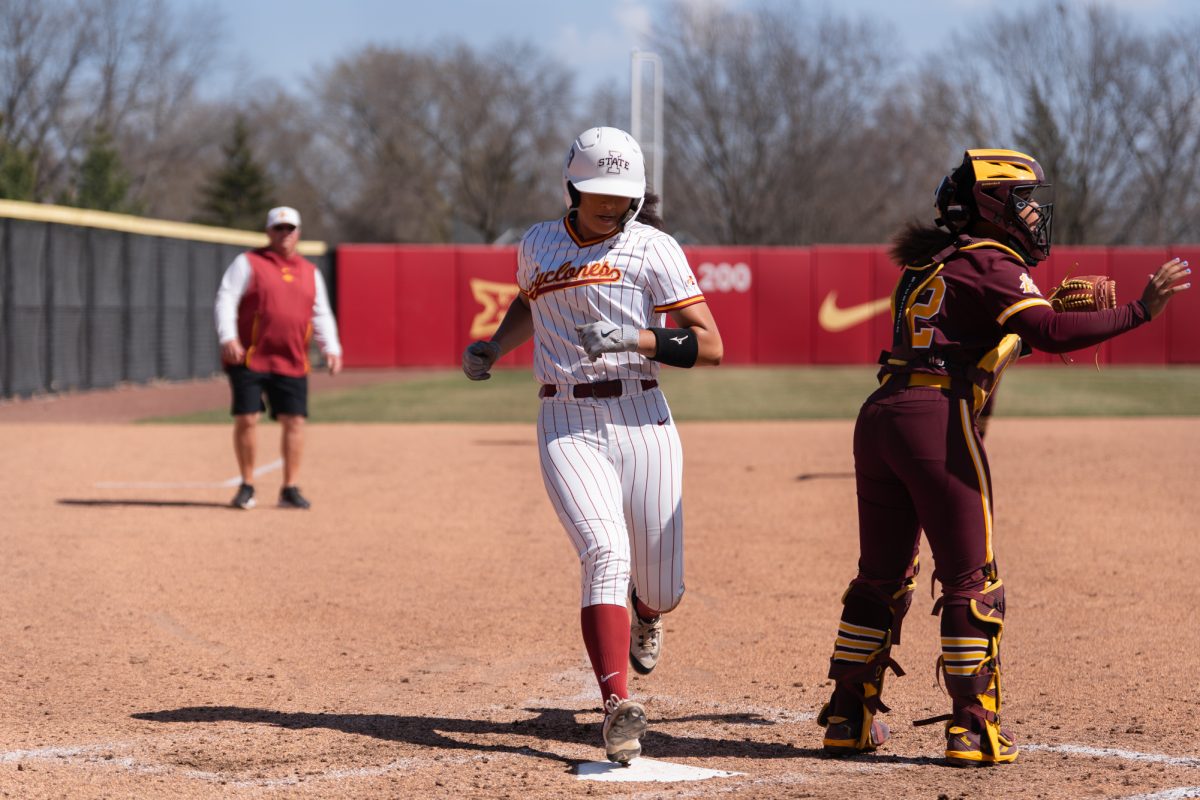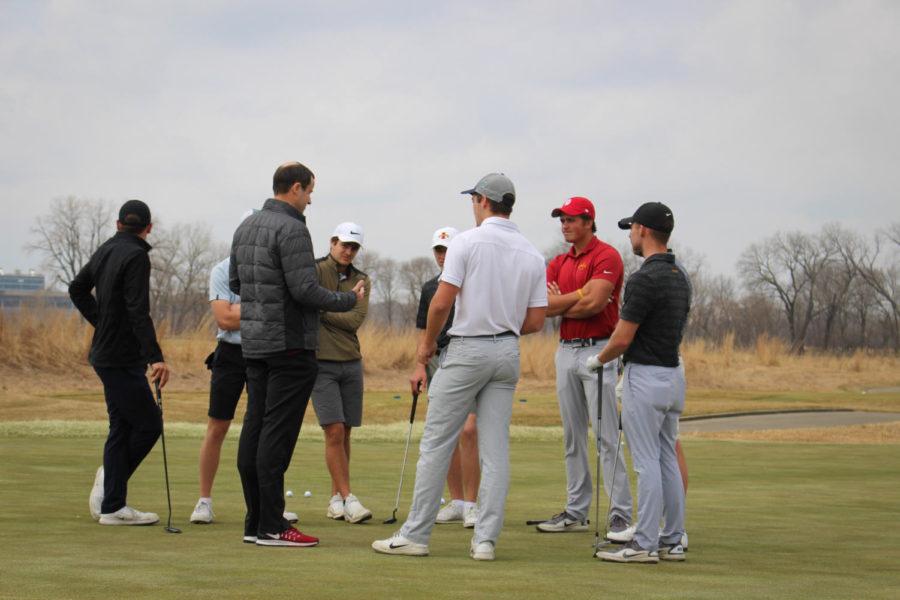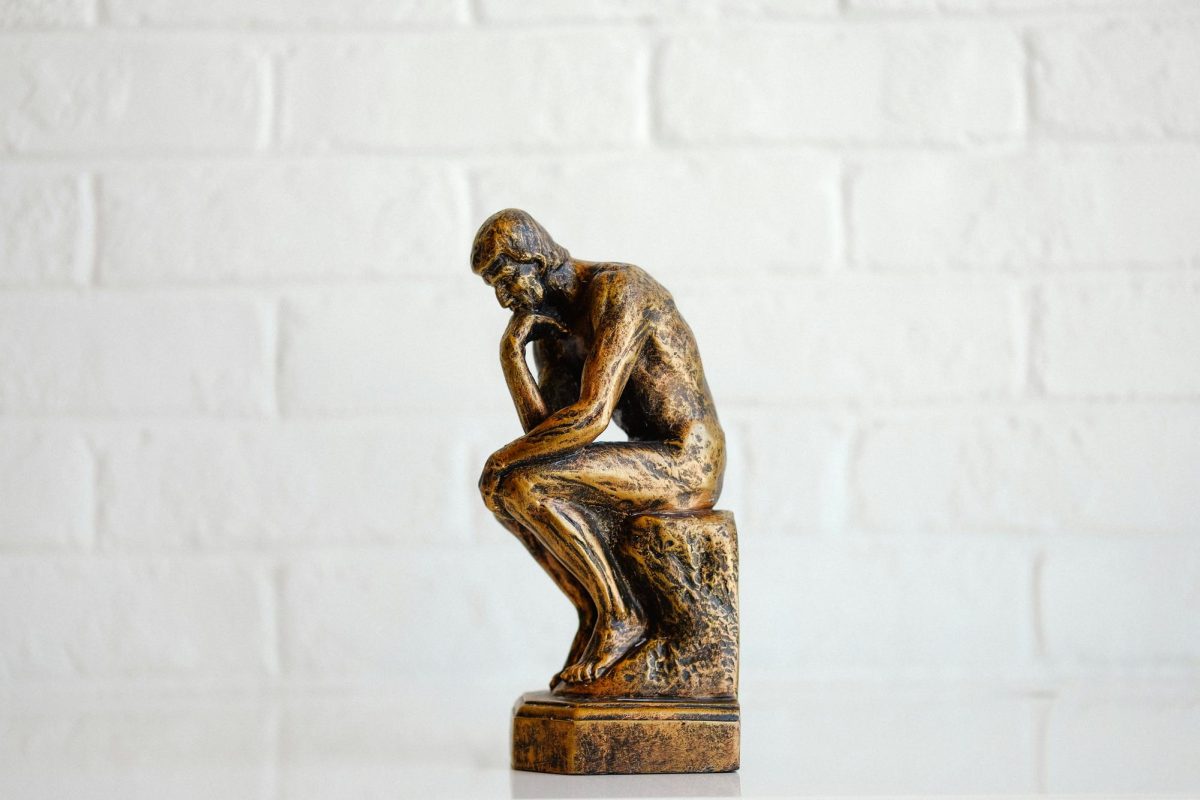Students help others while on Spring Break
March 6, 2012
Students Help Others While on Spring Break
By Kayla Kienzle , Kayla.Kienzle@iowastatedaily.net
Swimsuits, beaches, sand, sun and relaxation are what most Iowa State students think of when Spring Break rolls around. However, for students who take alternative Spring Breaks, the week away from Iowa State offers a more diverse environment.
According to the Alternative Breaks website, “The objectives of an Alternative Break program are to involve college students in service projects and to give students opportunities to learn about the problems faced by members of communities with whom they otherwise have had little or no direct contact.”
Those who participate have the opportunity to see diverse environments and experience, discuss and understand social issues in a way they may have never seen before.
There are eight critical components that spring break service trips focus on. Strong direct service, diversity, orientation, education, training, reflection, reorientation and abstaining from alcohol and drugs are all pillars. All the components help students make the most out of their experience and interact with the communities they are in.
The breaks are in different communities in the United States, but each community has a different issue. Students help the communities to solve their challenges. Last year, alternative breakers traveled to Eagle Butte, S.D.; Kansas City, Mo.; Cranks, Ky.; and Cincinnati to help with various projects.
Callie Bucha, junior in industrial engineering, left for the Horizon House in Indianapolis last year. She learned about the trip through Greek Affairs and thought it was the perfect opportunity for community service with other Greeks. The Horizon House is a multi-service day center that empowers 1,500 homeless neighbors in the Indianapolis community.
Although she had weekly meetings to prepare for the trip, Bucha was still surprised at the reaction of the homeless when she came to help.
“They couldn’t believe anyone would choose to come and spend time with them and hear their stories,” Bucha said.
During the trip, Bucha and her group provided food and service for the homeless shelter and other shelters part of Horizon House. At the homeless shelter, Bucha learned more than just community service.
“Many of the people we talked to at the Horizon Home had college degrees so they were once just like us and one circumstance led them to poverty,” Bucha said.
Each site offers something new for those participating in alternative Spring Breaks. In Eagle Butte, S.D., students work with the Cheyenne Youth River Project, which supports struggling children and their families. The project has created after school programs and other family services. Operation Breakthrough in Kansas City, Mo., helps children living in poverty by providing them with a safe loving and educational environment. Volunteers at Cranks Creek Survival Center in the Kentucky Appalachians help fix homes by painting, building floors and completing other tasks. In Cincinnati, the Greater Cincinnati Coalition for the homeless helps to empower homeless in the community.
The group in Indianapolis last year decided to keep a blog about their adventures. For many, interacting with homeless was a new experience. However, the group decided to call them neighbors, focusing on the fact they all had similarities. The shelter was also unlike shelters others were used to.
“Horizon House is unlike any shelter I have been in before. Rather than just handing out free tokens, Horizon [House] focused on empowering people and giving them the tools they need to get back on their feet,” said Clayton Long, junior in kinesiology and health.
Students on the alternative break also realized things in their own lives they had taken for granted.
“Most of them were able to fit all their belongings in a small bin, which was kept in a storage room of the Horizon House,” Long said in the blog. “These small necessitates, which we all take for granted, are major obstacles in some people’s everyday lives. It was definitely an eye-opener for me.”
This year, Bucha decided go on the trip again, despite being pushed out of her comfort zone last year. The trip had a lasting impression on her.
“This trip is important so that students can see a world outside of their campus,” Bucha said. “It’s so easy to get caught up in the daily struggles of being a student, but it’s important to stop and consider other people in the community.”






